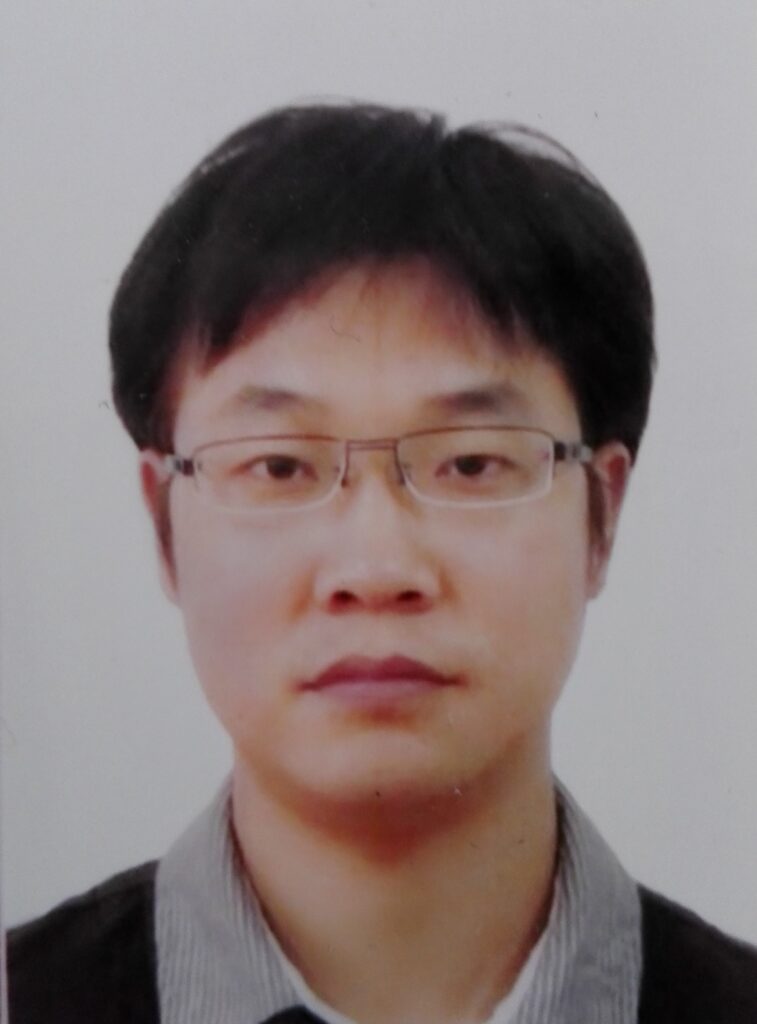Seminar Talk:Seeing Cancers at the Molecular Level Using Low-cost and Advanced CMOS Bioimagers

Abstract: Positron emission tomography (PET) imaging is a powerful tool for the diagnosis and assessment of cancers and tumors in the clinical field due to its ability to acquire functional images to differentiate between metabolic and biological activities at the molecular level. One of key challenges for the PET imaging system is to develop the high-sensitivity, low-noise, small-sized and low-cost PET detectors. In this talk, I will discuss one unique bioimager structurer- single-photon avalanche diodes (SPAD), which is capable of detecting even a single photon, has excellent timing resolution and can be fabricated using low-cost standard complementary metal-oxide semiconductor (CMOS) processes. These features make SPAD-based imagers becoming the most promising sensor technology for PET imaging applications. The advancement in the SPAD-based bioimager will help to improve the image resolution for the PET system. As a result, cancers and tumours can be detected at a very early stage, thus significantly increasing the survival rate for the patients and reducing the medical cost.
About the Speaker: Wei Jiang is a senior analog and mixed-signal circuit designer at Synopsys. Before joining in Synopsys, he was a Mitacs Elevate Postdoctoral Fellow and a sessional instructor in the Department of Electrical & Computer Engineering, McMaster University. Wei received his B.Sc. degree in electrical and electronic engineering from Xi’an Jiaotong University, China, in 2006, M.A.Sc. degree in electrical and electronic engineering from Shanghai Jiaotong University, China, in 2009 and Ph.D. degree in biomedical engineering from McMaster University, Canada, in 2021, respectively. Wei has worked in the industry for more than 9 years and has rich experience in the development of optical sensors, integrated circuits and hardware systems for medical devices. His current research interests include high-speed optical sensors and high-performance integrated circuits for biomedical imaging applications.

